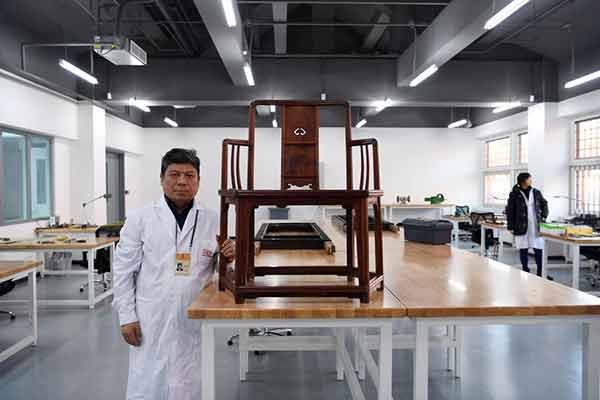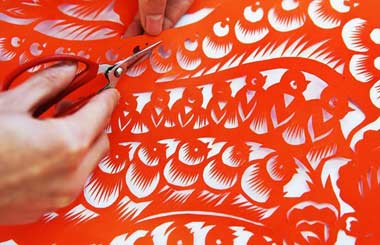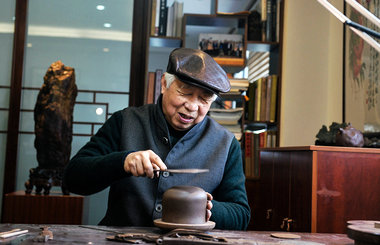Master craftsmanship in the Forbidden City
 |
|
The Palace Museum unveiled a conservation workshop last week, which will enable the public to observe first-hand how the museum goes about its conservation of China's cultural heritage.[Photo/Xinhua] |
The craftsmanship required for such work pushes conservationists to their limits and becomes a process of self-discovery, said Qu, who has spent 10 years within the Forbidden City's red walls.
"When it comes to conservation, one has to have patience, learning and dexterity," Qu said, adding that a qualified craftsman must love his work, toil tirelessly and stay humble and informed.
The public now has a chance to glance into this painstaking and once mysterious profession.
The Palace Museum unveiled a conservation workshop Thursday, which will enable the public to observe first-hand how the museum goes about its conservation of China's cultural heritage.
The workshop, a new site of the museum's conservation department, is currently the largest cultural heritage conservation center in China. It uses traditional techniques but is also equipped with advanced scientific facilities.
It conserves relics, including textiles, wood, lacquer, ceramics, metal, clocks, books, Thangka and murals. It also replicates calligraphy and painting.
The workshop, named the "Hospital for Conservation," will open to the public on an appointment basis.
The museum hopes to further spread understanding of cultural heritage protection, Shan said.

















